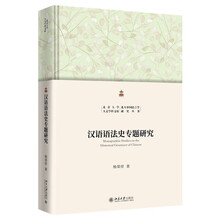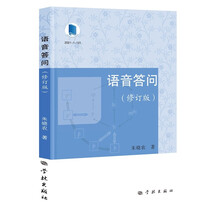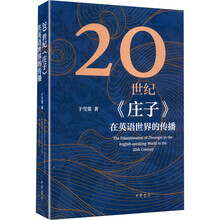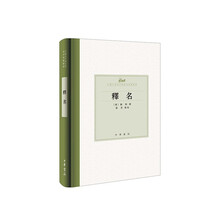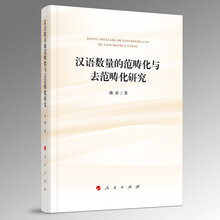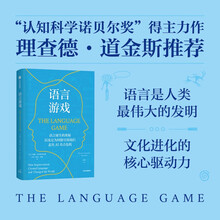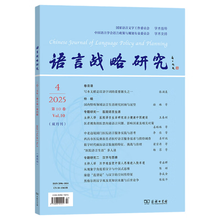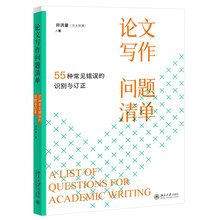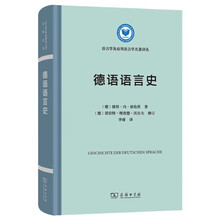1 Introduction
1.1 Background of the study
1.2 Purpose of the study and research questions
1.3 Methodology of the study
1.4 Data collection
1.5 Significance of the study
1.6 Organization of the study
2 Literature Review
2.1 Introduction
2.2 and its translation studies
2.3 Previous studies of tenor
2.4 Summary
3 Theoretical Framework
3.1 Introduction
3.2 Tenor revisited
3.3 Tenor in translation
3.4 Analytical model of tenor for translation
3.5 Summary
4 Realization of Tenor: the Mood System in Translations of Mengzi
4.1 Introduction
4.2 The mood system in Mengzi
4.3 The mood system in Legge's version
4.4 The mood system in Hinton's version
4.5 Comparison of the two versions in terms of mood
4.6 Summary
5 Realization of Tenor: the Modality System in Translations of Mengzi
5.1 Introduction
5.2 The modality system in Mengzi
5.3 The modality system in Legge's version
5.4 The modality system in Hinton's version
5.5 Comparison of the two versions in terms of modality
5.6 Summary
6 Realization of Tenor: Other Evaluative Resources in Translations of Mengzi
6.1 Introduction
6.2 Evaluative resources in Mengzi
6.3 Evaluative resources in Legge's version
6.4 Evaluative resources in Hinton's version
6.5 Comparison of the two versions in terms of evaluative resources
6.6 Summary
7 Discussion: Tenor in the Two Translations
7.1 Introduction
7.2 Features of the two translations in the realization of tenor
7.3 Motivations for the differences between the two versions
7.4 Implications for translation studies and practice
7.5 Summary
8 Conclusion
8.1 Major findings
8.2 Limitations
8.3 Suggestions for further studies
References
Appendix
展开


